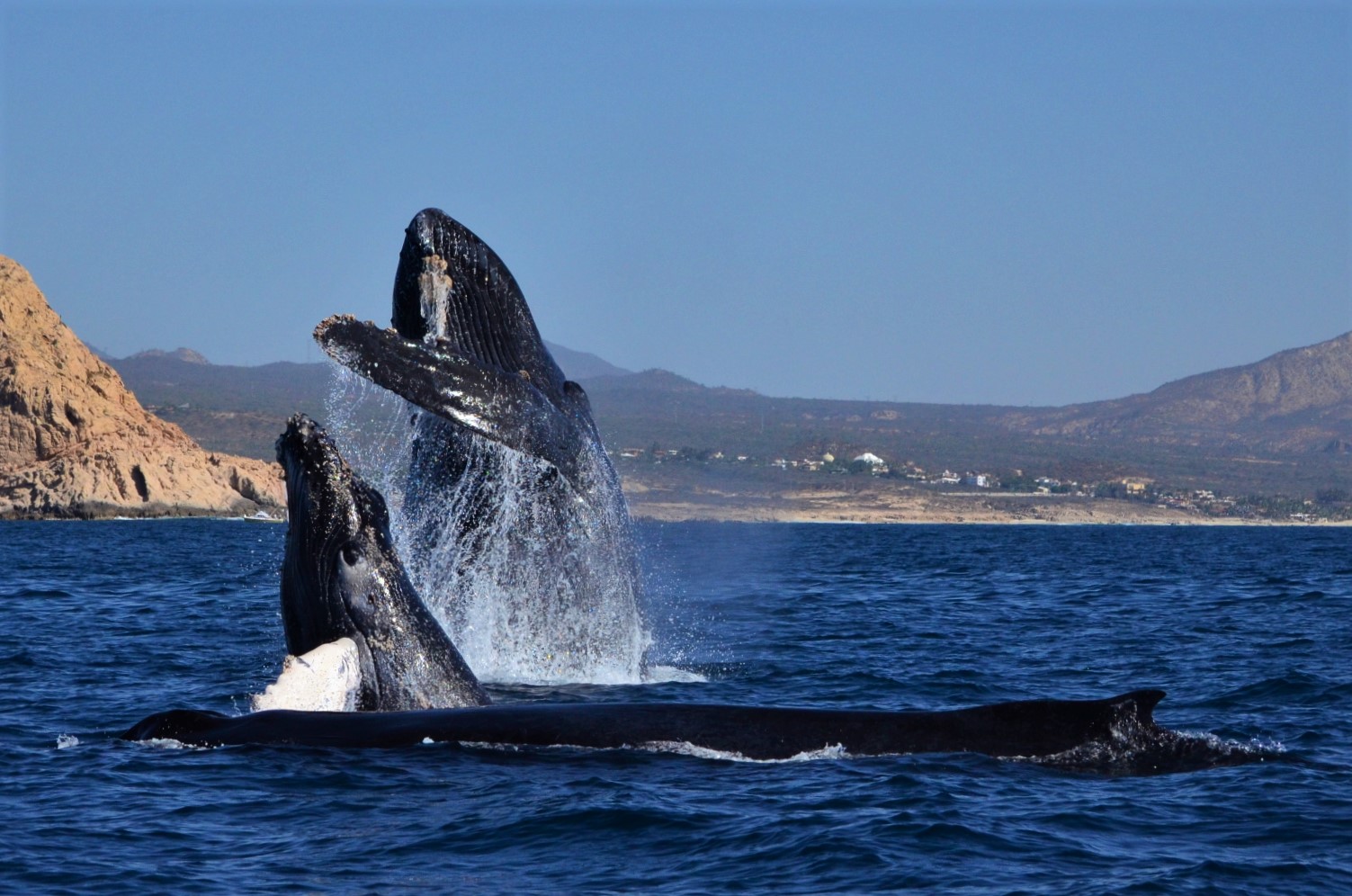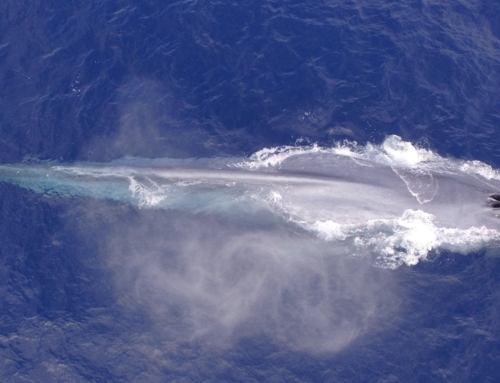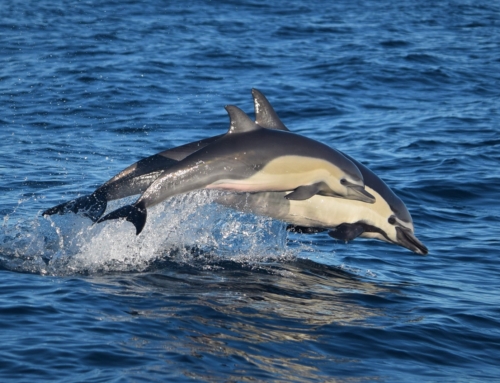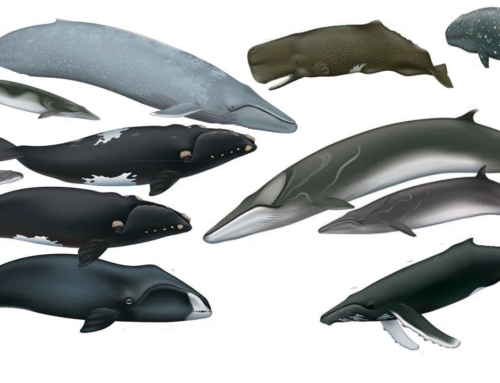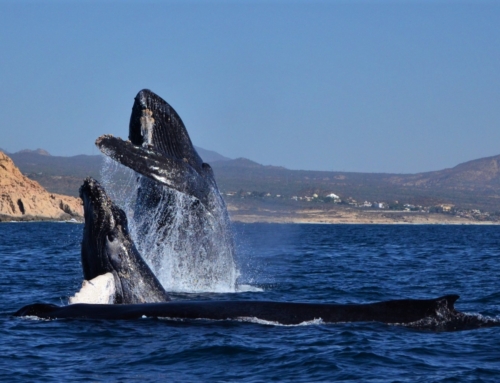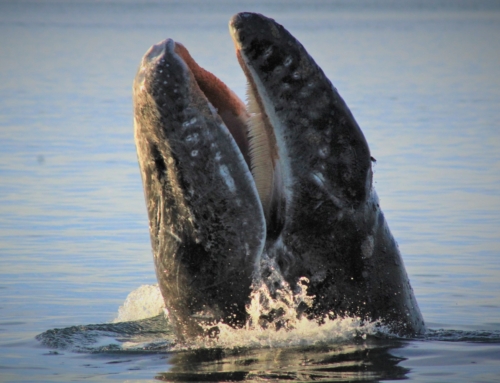The Humpback whale is one of the most iconic species on the planet. The tale of their return from the brink of extinction is a true success story, but the final chapters have yet to be written…
The Humpback whale is as well known and well loved as any Cetacean on the planet. Their songs have made them the musical icons of the animal world and their acrobatics are an unrivaled crowd-pleaser. They are part of a small group of species, including Orcas and Bottlenose dolphins, that are the poster children for whale watching and marine mammal conservation here in Mexico and throughout the world. This celebrity status played a massive role in ensuring their survival and that of the other great whales. They are also one of the most well studied and best understood of all Cetacean species. Like most of their relatives however, much about them remains a mystery.
There are certain things we may never know, unless we can someday ask them ourselves. We have a firm grasp on their biology, migration patterns and social structures but lag far behind in other areas. We have strong hypotheses as to why they perform their acrobatic stunts, sing and produce other vocalizations but proof remains elusive. The evolutionary journey of Humpback whales and other massive Cetaceans are among the most mysterious of all creatures. Humpbacks and other great whales have been evolving for over 50 million years. During this time Earth’s climate has gone through a number of periods of rapid and extreme change. Understanding the role these changes played in the evolution of whales and other species could prove vital in helping us to protect biodiversity as the planet enters another phase of rapid change.
Humpback whales in Mexico
There are 14 distinct population segments of Humpback whales globally. Those that spend their winters along the coasts of Baja California and the Pacific states of Mexico from Sonora to Oaxaca are part of a broader group, along with those that winter in Hawaii or Central America, that form the Northern Pacific population. They spend summers stocking up on vital blubber supplies in one of a number of feeding zones ranging from California past Oregon, Washington, Canada and Alaska to the Bering straight and Russia.
As with all Humpback whale populations, winter is spent raising calves, mating and breeding in warmer tropical or sub-tropical regions. This pattern of migration allows them to exploit abundant food sources when colder regions warm in the summer. It allows the whales to raise their calves in warmer waters closer to the equator. The young whales must build up their insulating fat stores before their first migration to colder regions.
A mini-documentary about Humpback whale conservation in Mexico
Understanding Humpback whale migration
This ingenious strategy may have also played a role in baleen whales’ move towards gigantism. But it is an extreme lifestyle that pushes the boundaries of biology. Understanding these migration patterns help scientists, conservationists and governments to identify threats and priority areas for conservation. Photo identification is a reliable method for tracking Humpback whale population movements and migration patterns. Each whales tail, or fluke, is unique. Photographs that show sufficient area of the underside of the fluke can be used to identify individuals as they migrate between winter and summer zones and see where they stop at the end of each journey. Using this technique, along with studying their genetics through tissue samples, has enabled scientists to determine that the Humpbacks around Southern Baja California represent the greatest diversity of whales from different feeding zones of all the Northern Pacific population.

This photograph of a Humpback whale performing
a penduncle throw can also serve as a photo ID
Humpback whale threats
They may have already overcome ice ages and survived commercial whaling by a whisker, but Humpbacks and other great whales are not out of the kelp forest just yet. Populations are still just a fraction of the size they were before the global slaughter of the past two centuries. Species such as the North Atlantic Right whale, Blue and Sei Whales remain critically endangered. Others species have seen more promising growth in their populations. The Minke whale and Bryde’s whale are considered stable in number throughout their ranges. They were aided by the fact that they were among the species less often targeted by commercial whalers.
The story for the Humpback whale, as with others like Grays and Bowheads, is more mixed. Certain populations have undergone dramatic growth in recent decades. The IWC’s moratorium on whaling, announced in 1985, came just in time to save the Humpback whale and other over exploited species. Many segments of the Humpback population are no longer considered ‘at risk’. These include all eight segments in the Southern Hemisphere and the Hawaiian group and Caribbean group in the Northern Hemisphere. The segments still considered ‘endangered’ include the Central American, West African, Arabian Sea and South China Sea groups. The only segment in the ‘at risk’ category is the Mexican group.
Entanglement
Humpback whales are the species most at risk of entanglement with commercial fishing gear of any large Cetacean. This is primarily because of their highly coastal lifestyle. Their feeding zones and migration routes often bring them close to large human populations and our fishing industries. This is especially true in the Northern Hemisphere. Entanglement can lead to drowning when a whale becomes trapped in a large enough net, but even incidents that do not cause drowning can be fatal. If a net or any other object inhibits a whales movement sufficiently, it may not be able to make the high power feeding lunges it requires to sustain its massive frame.
A recent study of whale entanglement off the coast of California showed that their was a 500% increase in the phenomenon between 2014-2016 during a marine heatwave known as ‘the warm blob’. The large mass of warm water in the open ocean meant that their normal food source of krill was scarce. The whales turned to feeding on anchovies found closer to shore, which brought them right into active commercial fishing zones. The problem was exacerbated by the arrival of a ‘red tide’ of toxic algae close to shore at the same time. Phenomena such as these are on the rise due to man made climate change.

A Humpback whale entangled in commercial fishing gear.
Climate change
The ocean is changing faster than any habitat on the planet as we enter the Anthropocene. The polar regions are heating up faster than any region on earth, causing unprecedented rates of change in sea ice formation. These changes have a profound effect on oceanic food webs. Krill that live under the sea ice are the basis of an ecosystem that supports some of the greatest gatherings of biomass on earth. The arrival of summer and melting sea ice exposes trillions of tiny krill to predators ranging from small fish to penguins, birds and whales. The whales prey on either krill or schools of small fish such as herring and anchovy.
With sea ice melting earlier each year, more krill are exposed sooner, possibly helping to explain the rapid growth seen in Humpback whale populations and those of some other great whales in recent decades. But this may only be a temporary boon. What happens when there is no more sea ice? A scenario that sounded fanciful until recently but that some scientists now fear may even come to pass in the Arctic within our lifetimes. The annual retreat of sea ice also has an effect on migration and feeding patterns of whales and other marine creatures. As the edge of the ice moves further away from the tropics the whales are forced to travel further in search of food, possibly upsetting a delicate balance between calorie use and feeding time.
A multi-faced problem
Chemical contamination, plastic pollution and ocean acidification are other man made threats that pose a grave risk to Humpback whales and other marine species. When considered in conjunction with the problems associated with global warming they paint a bleak picture of the state of our oceans and their ongoing suitability to sustain large, complex organisms like whales.

We are facing a global climate emergency and
not enough is being done to address it.
Ship collisions
The problem of collisions between ships and whales remains the toughest to get a grasp on. This is because the majority of ship strikes go unreported or even unnoticed. The bodies of whales killed in such collisions normally sink to the ocean floor. This makes it nearly impossible for scientists and conservationists to make accurate measurements of scale of the problem. In the cases of collisions with large ships whale fatality rates are probably quite high. In other cases the whales may be maimed or scarred for life, while severe injuries can lead to a slow and painful death. While we can not quantify the issue as we would like, we know enough to be sure that creating sanctuaries for whales and other marine life in important areas would go a long way to reducing this and other threats.

A Humpback whale with wounds from a ship collision.
Noise pollution
Cetaceans rely on sound as much as any other creature on Earth. Toothed whales, including all dolphins and porpoises, use their vocalizations for almost everything. They have evolved echo location for hunting and varying systems of clicks and whistles for communication. Baleen whales also rely heavily on sound. Male Humpbacks sing complex melodies during mating season. This may be to court females, warn other males of their presence or both. Either way it plays a vital role in Humpback societies. Humpback mothers ‘whisper’ to their calves to avoid their sole predators, Orcas. Blue whales produce sub-sonic sounds that may allow them to communicate between ocean basins thousands of miles apart.
But all these sounds are being drowned out. Over the past century human activity in the ocean has grown exponentially. We invented sonar technology to map the ocean floor and explore it for valuable commodities. These devices are so loud that being in the water within even a few hundred feet of one when it sends out its sonic boom would be instantly fatal. The effect of this technology on Cetaceans that have hearing systems orders of magnitude more sensitive than our own is devastating. The sounds of millions of engines and motors are also creating an ocean-wide din that negatively affects the lives of Cetaceans and many other marine species.
What does the future hold for Humpback whales?
It is easy to become despondent when so much is at stake and everything seems to be going wrong. But Humpback whales and other living Cetacean species only made it this far because of their adaptability and resilience. They are highly intelligent beings that may be able navigate the choppy waters of the future if given the chance. Humanity is main obstacle blocking a bright future for whales and billions of other lifeforms on Earth.
It doesn’t have to be this way. There is still time for us reverse the damage we are causing and safeguard global biodiversity. It will require a herculean effort and an unprecedented level of collaboration between nations and cultures. But what other choice do we have? Maintaining a climate suitable for a wide variety of complex life is not only a matter of life and death for other species but for our own as well. If we fail to halt emissions of greenhouse gases, continue to destroy habitats, pillage biodiversity and use the Earth as our personal toilet/trash can there will be only one outcome.

What does the future hold for this young Humpback Whale?
Our responsibility
Preventing the worst will take more than electric cars, impossible burgers and ‘paper’ parks. We must hold governments and the private sector accountable for decisions that put current and future generations at risk. We can only do this by coming together as citizens, human beings and stewards of the planet. It may seem implausible but life has overcome longer odds dozens of times. Now is the time to find your power and share it with others. Join an organization or start one if there is nothing in your area that resonates with you. If we do not bring about the change we wish to see, nobody will.

